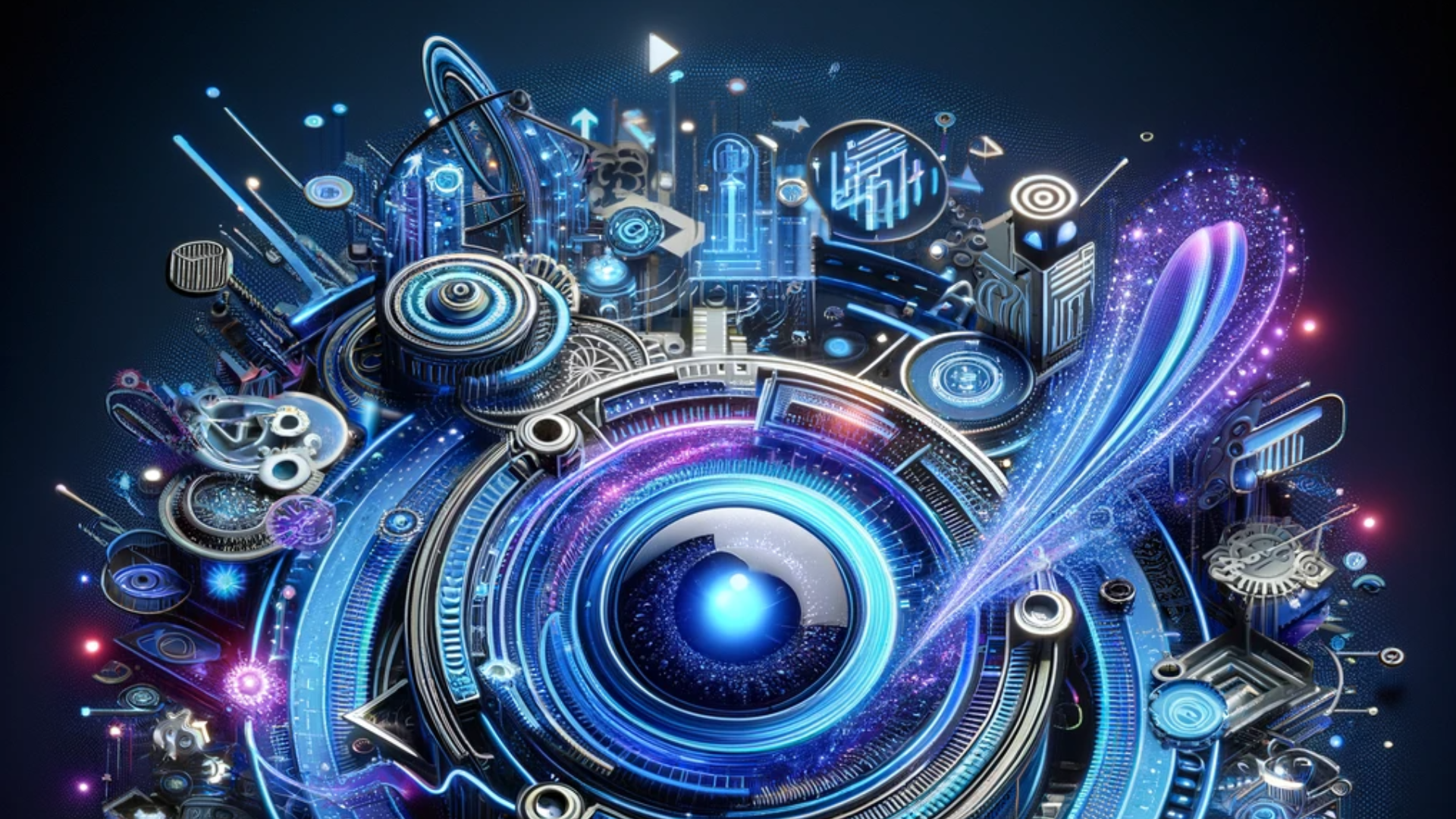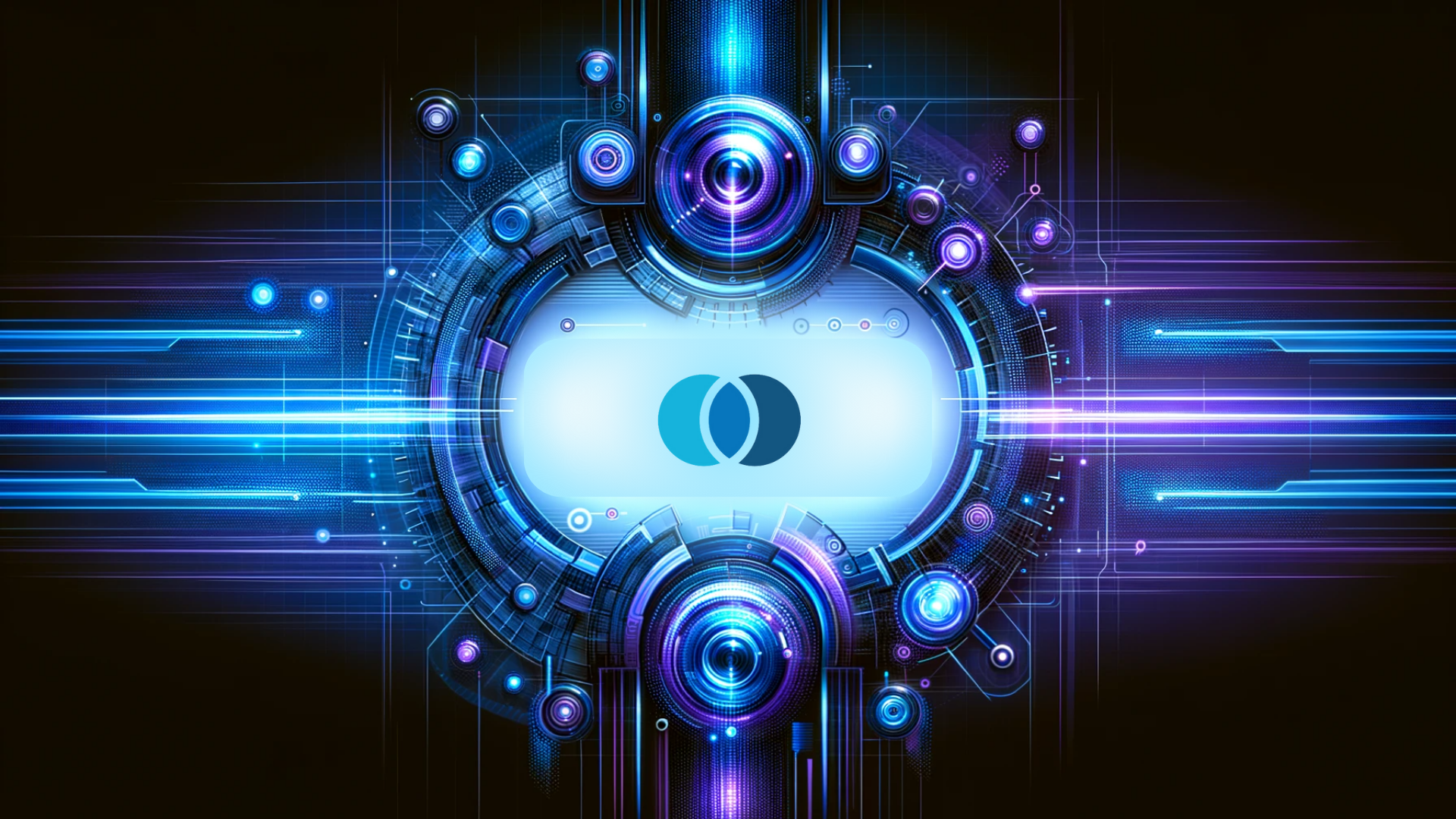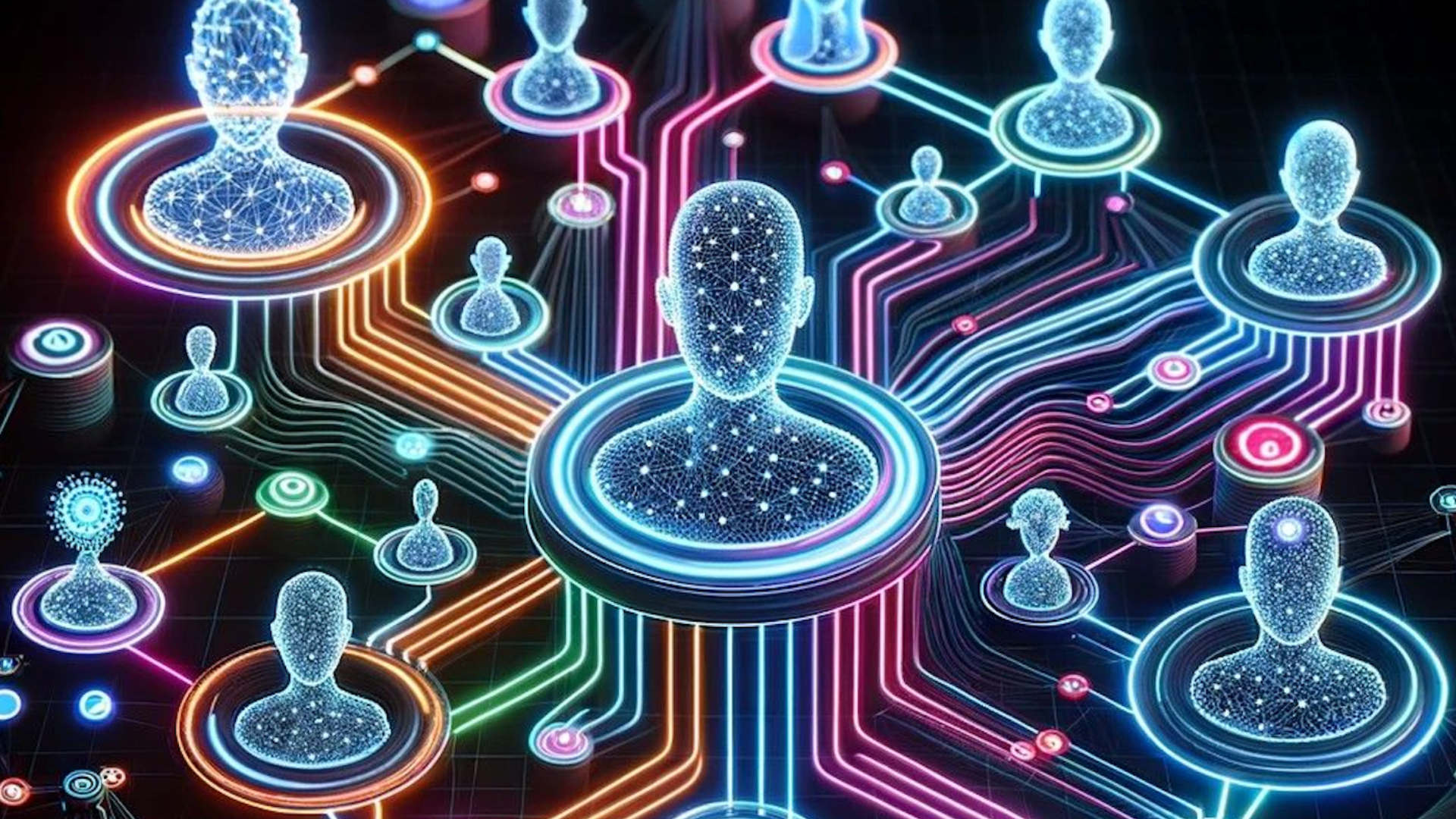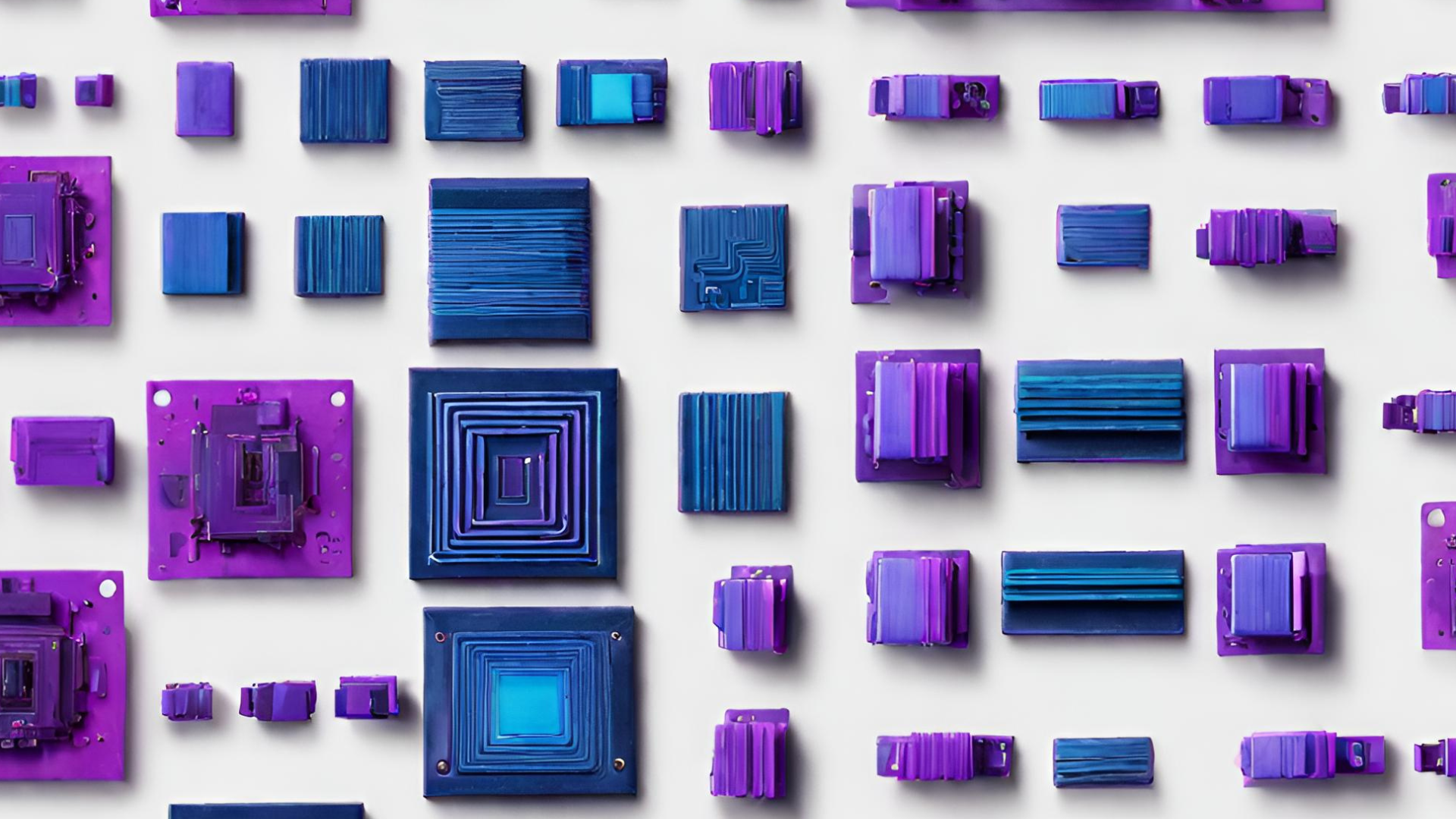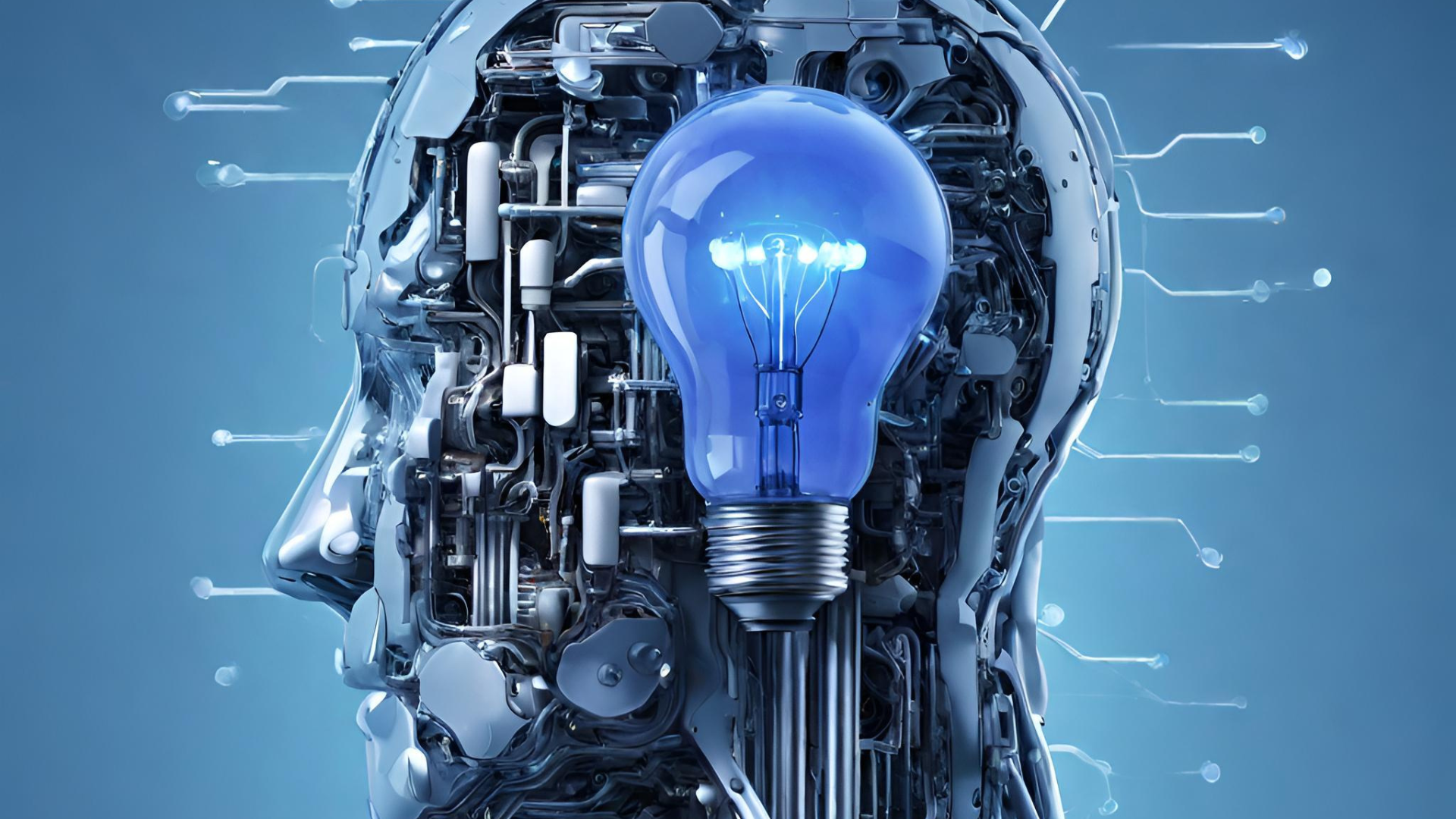Learning is the Most Important and Fundamental Part of the Human Condition.
This article originally appeared in TEQ Magazine.
Learning is everywhere: K-12, higher education, government, and the corporate world. It forms the driver for so much of what we all do every day in nearly every way. Interestingly though, a child with a cell phone in Africa has as much access to information as the President of the United States did 20 years ago. Yet in many ways that child’s life has not really changed for the better. Why hasn’t the intersection of technology and education/ learning been a game changer for humans with bandwidth and mobile advances?
Close Encounters
Besides the mashed potato sculpture of Devil’s Tower in Wyoming, you can likely recall the unforgettable synthesizer melody playing those five distinct tones in the movie “Close Encounters of the 3rd Kind”. That melody was played by Phillip Dodds. Aside from being in the movie and playing the tones, Philip catalyzed a change in the learning technology field. He and a number of other pioneers brought something called the Shareable Content Object Reference Model, or SCORM, to the world which would forever alter the course of learning technology. Think of the SCORM as the “.mp3” standard for playing learning content.
In 1999 President Bill Clinton signed Executive Order 13111 tasking the Department of Defense to develop common specifications and standards for e-learning across both federal and private sectors. This executive order created an initiative called the Advanced Distributed Learning (ADL) Initiative which promised to create the capacity for “anywhere, anytime learning”. Phillip Dodds and many dedicated others worked in and with ADL to create SCORM.
The Johnstown Connection
Incidentally, aside from a presence in Alexandria, VA, much of the initial work at ADL on the SCORM was done in Johnstown, PA. This was partially a result of the late Congressman John Murtha and his work on economic development using defense funding. Many people did work related to the initial SCORM standard, tools, content development, and outreach at several companies in Johnstown.
Phillip Dodds, the ADL, and a whole group of pioneers did something magical: they made SCORM both a de facto and de jure standard in record time and also pushed it to massive adoption. Quite frankly, it created the $5 billion (2016) Learning Management System (LMS) marketplace that is pervasive in nearly all corporate and many higher education institutions today.
GPS and Learning
Learning should be like GPS. It knows where we are, where we want to go and based upon the map and journey of all others (as well as our preferences) and it knows the best way to get us there. In order for this to happen, we need to track our learning (and performance) where they happen.
So how do we track our position in the world of learning and performance?
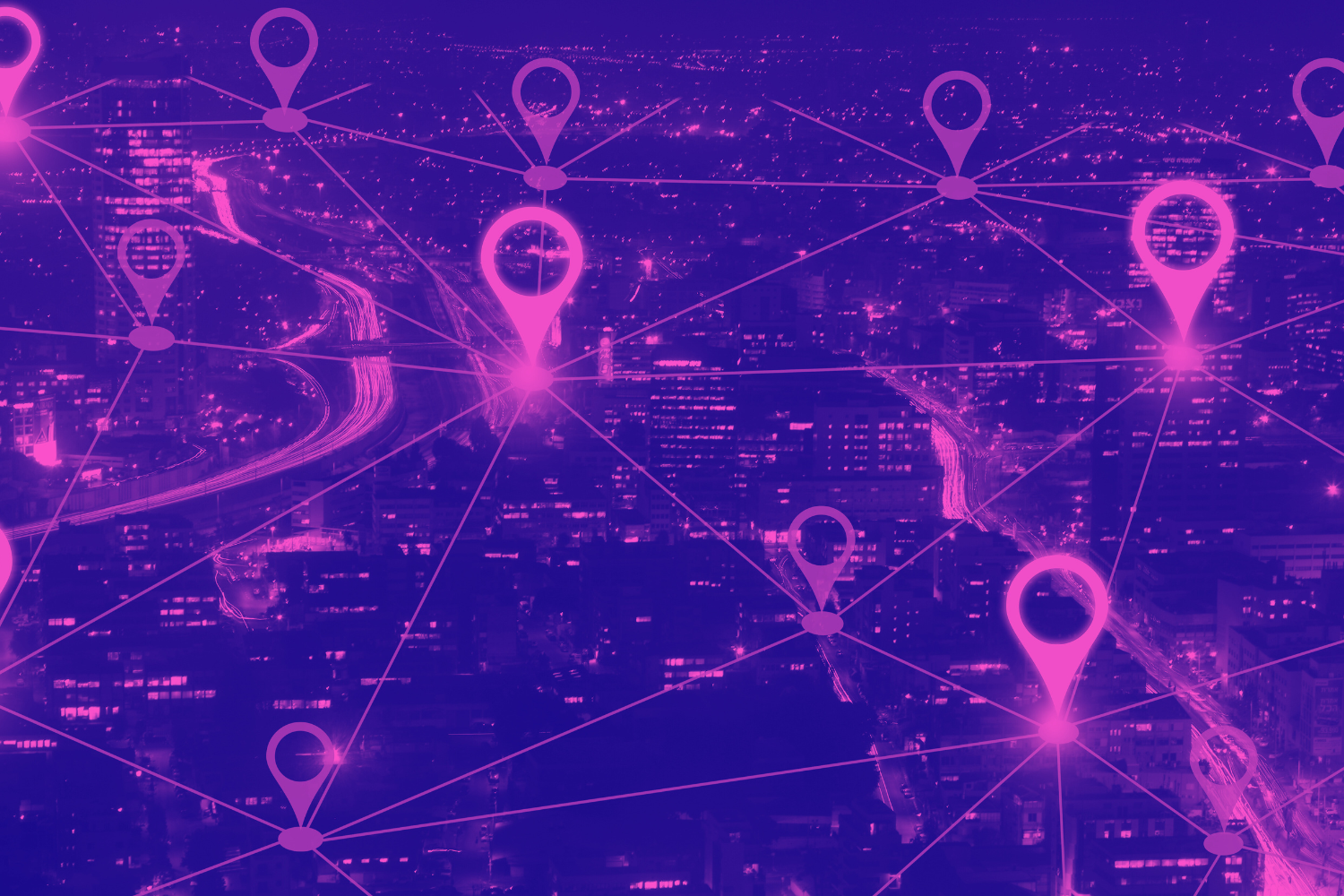
The Problem
Learning happens everywhere, and while SCORM and supporting technology worked well for tracking in browsers, it proves quite difficult to track learning in simulations, games or even the real world. With the large proliferations of mobile devices, learning has the opportunity to happen more often that just sitting at our laptop or desktop, and SCORM just can’t track those new places that well.
The Birth of the Experience API
I’ve had the privilege to know many of the founders of ADL through my connection to Johnstown, Pa, and to Washington D.C., as well. In 2004, my brother Nikolaus Hruska and I moved back to Johnsotwn to start our technology acceleration company, Problem Solutions, with lifelong friend, Jonathan Poltrack, who was one of the technical authors of the SCORM.
Over the next few years, the three of us started conversations with many of the initial government and technical people about the ideas of learning ecosystems, and the GPS metaphor for learning. Realizing the problems with SCORM to support this broader vision, we proposed a new lightweight idea of tracking. We dreamed of a method that could be used to collect experiences that matter along the continuum of learners whether you were in K-12, DoD, or the corporate world. We imagined that if you had all of this data, the affordances would be HUGE. You would be able to provide analytics, visualizations, and all kinds of adaptation, personalization, and tailoring to individual learner’s needs. These things would change the game for human capital management and learning.
Over the last seven years, we’ve been working with ADL to create and bring the ExperienceAPI (or xAPI) to the world. We’ve done this through open community- driven specification development and through a significant amount of open-source projects to serve as tools and examples for adoption. As Phillip Dodds often quipped, “Working code trumps all theory”.
We’ve been working hard to help the intersection of education/ learning and technology be a better place. Today, organizations of all sizes across the world from Government to Silicon Valley are adopting the xAPI.

